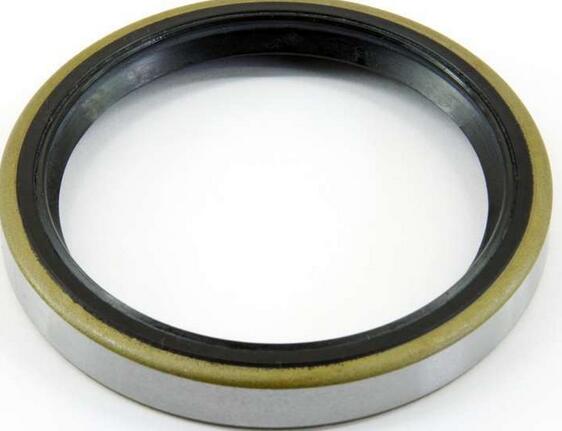Oil seal (oil seal) is a common name of the general seal, simply said is the seal of lubricating oil.Oil seals are generally divided into habotype and assembly type. Assembly type is a free combination of skeleton and lip material, which is generally used for special oil seals.From the sealing function of the oil seal, characteristics, structure type, working state and sealing mechanism can be divided into many forms and different names, but it is customary to call the rotary shaft lip sealing ring oil seal, static seal and dynamic seal (general reciprocating movement) with seals called seals.The representative form of oil seal is TC oil seal, which is a double-lip oil seal with self-tightening spring completely covered by rubber. Generally speaking, the oil seal often refers to the TC skeleton oil seal
NSK Bearings Oil seal commonly used materials are: nitrile rubber, fluorine rubber, silicone rubber, acrylic rubber, polyurethane, polytetrafluoroethylene, etc.When choosing the material of the oil seal, it must consider the compatibility of the material to the working medium, the adaptability to the working temperature range and the ability of the lip edge to follow the high-speed rotation of the rotating shaft.Generally, the temperature of the lip edge of the oil seal is 20~50℃ higher than the temperature of the working medium, so attention should be paid to the selection of oil seal materials.For details, please refer to Rubber Types and Properties.The working range of the oil seal is related to the material used for the oil seal: the material is nitrile butadiene rubber (NBR) -40~120℃, Alec rubber (ACM) -30~180℃, fluorine rubber (FPM) -25~300℃.






